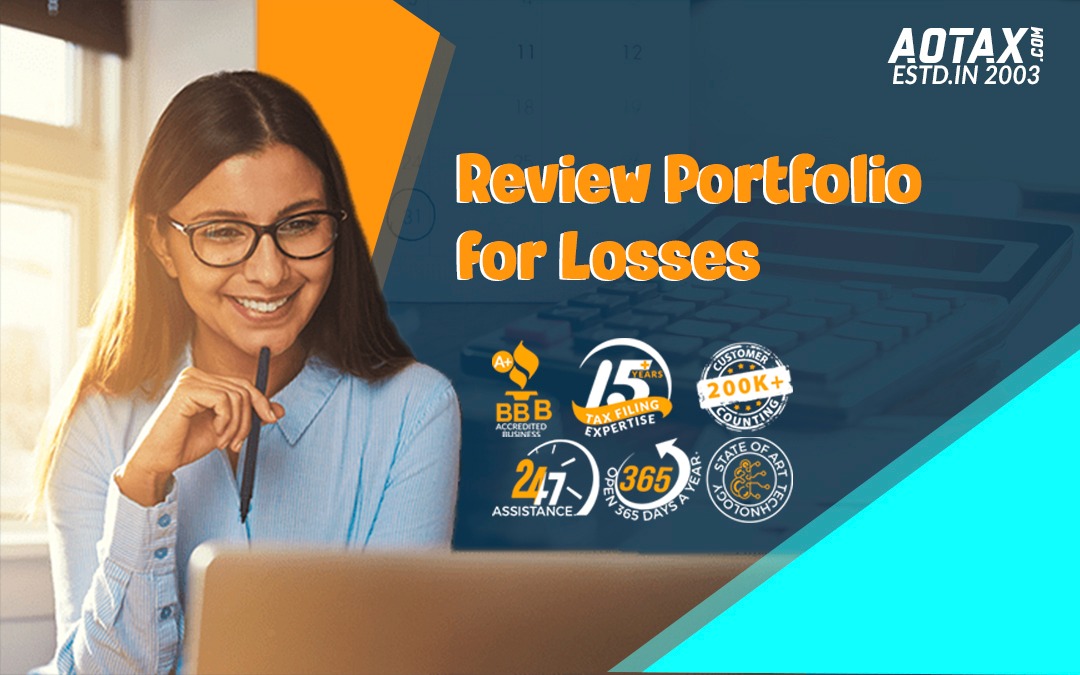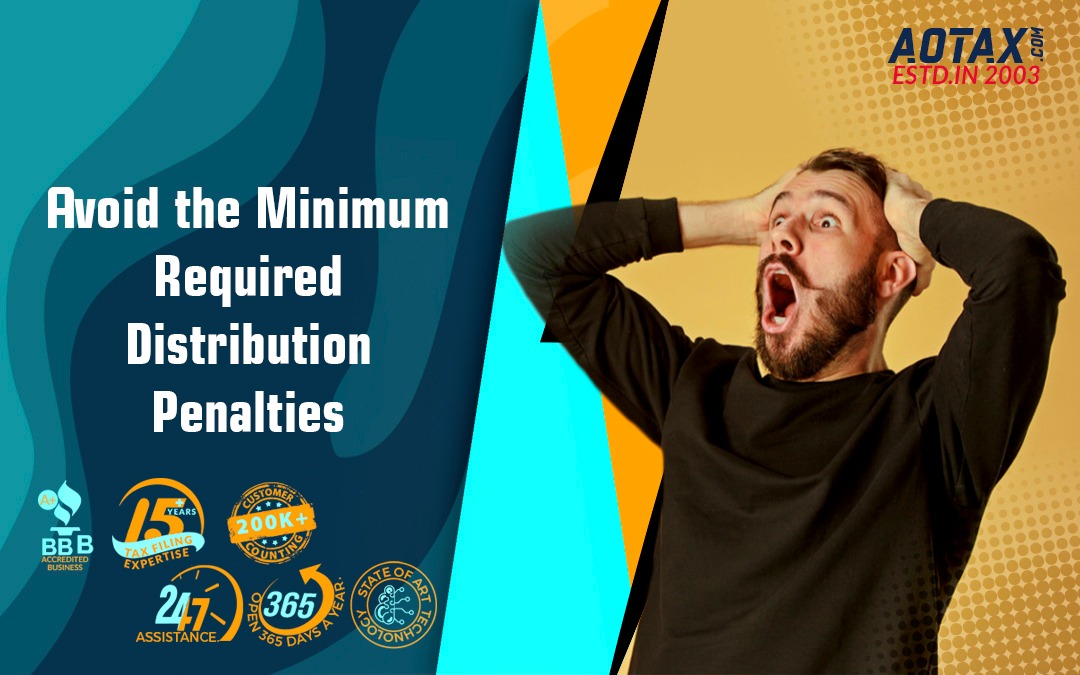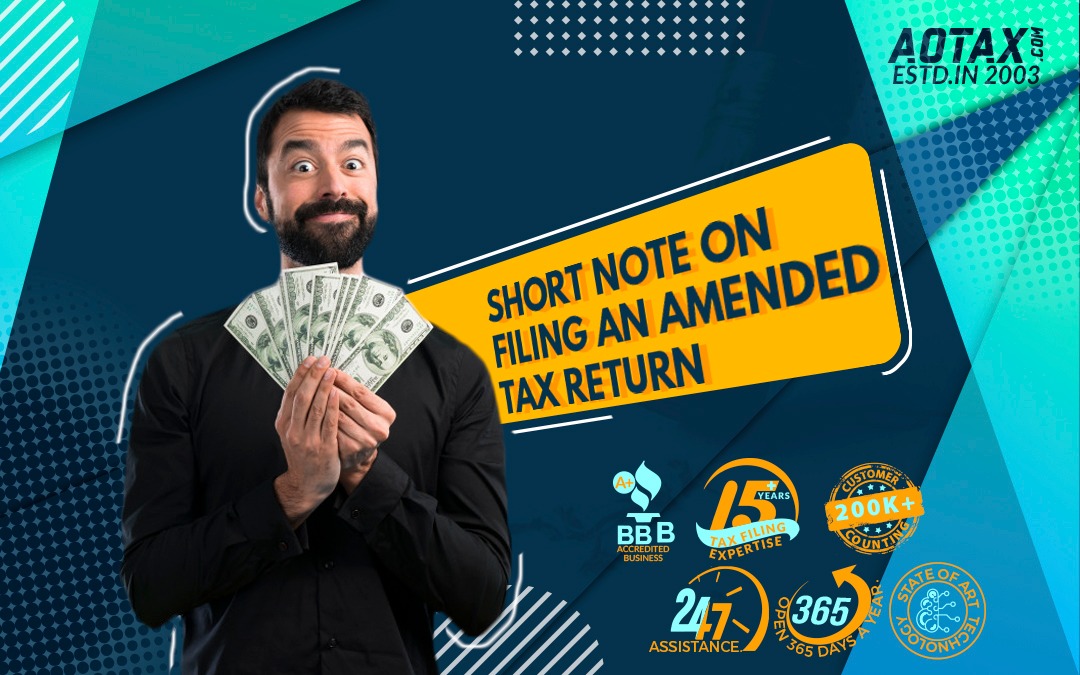Avoid the Minimum Required Distribution Penalties: Once taxpayers reach the age of 70.5, they are required to take what is known as a “required minimum distribution” from their qualified retirement plan or
IRA every year. If this is the first year that this rule applies to you and you haven’t taken your money out yet, there’s no need to panic – you don’t have to do so until some time during the first quarter of next year. Penalties Of course, if you wait until 2019 to take your 2018 distribution, you’re going to end up having to take two distributions in one year: one for 2018 and one for 2019.
As we all (hopefully) know, there are some basic steps investors can take to withdraw funds from a traditional IRA without incurring a 10% penalty. Let’s start with the obvious, like waiting until after 59 ½ years old to withdraw funds. Withdrawing annual allowed contributions before your taxes are due will also avoid the penalty, and the same goes for withdrawing excess contributions. If you discover that you’ve contributed more than allowed (due to income limits or error) you are free to remove the excess and any associated growth before the tax return is due for the year.
Additionally, taking your required minimum distributions will keep the 10% penalty at bay. Technically this is covered by waiting to withdraw after age 59 ½ but sometimes required minimum distribution is required of a person who has inherited an IRA, regardless of age.
But beyond those well-known methods, there are more obscure ways to withdraw from your traditional IRA without getting knocked down by that painful penalty.
Take, for example, the so-called Series Of Substantially Equal Periodic Payments, better known as SOSEPP. This is the classic Section 72(t) method for withdrawing funds without penalty; essentially you agree to continue taking the same amount from your IRA for five years or until you reach age 59½, whichever is greater.





Recent Comments